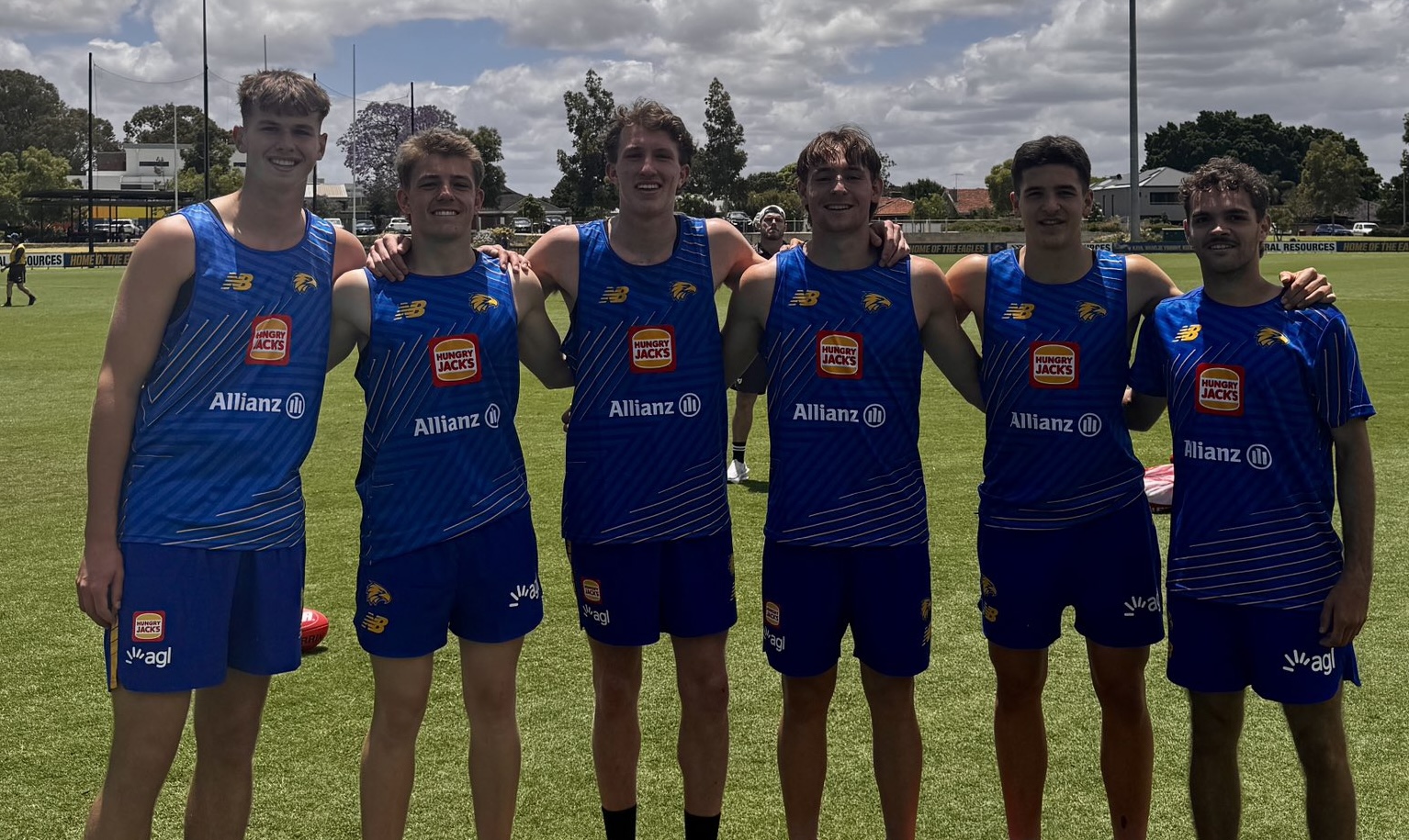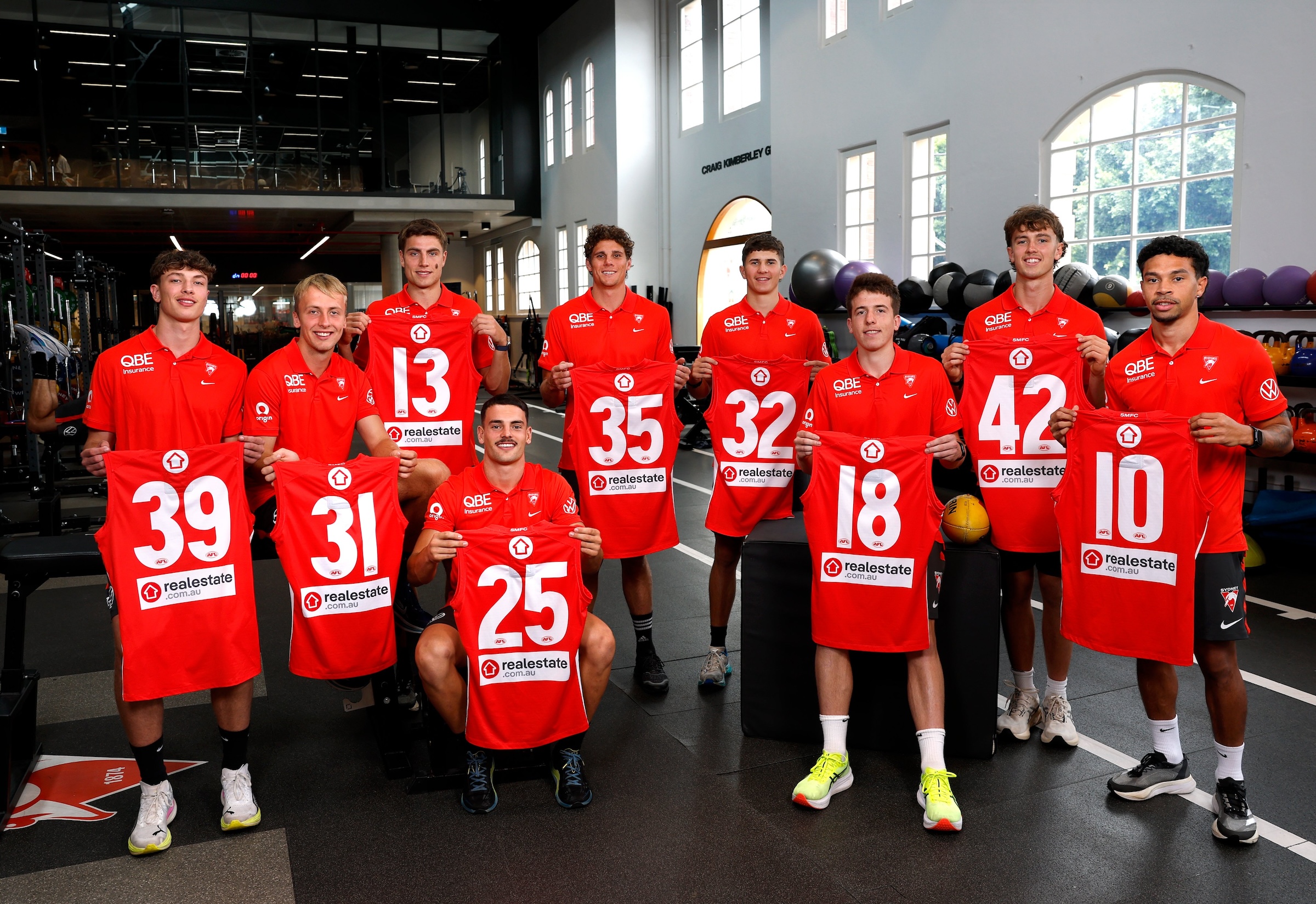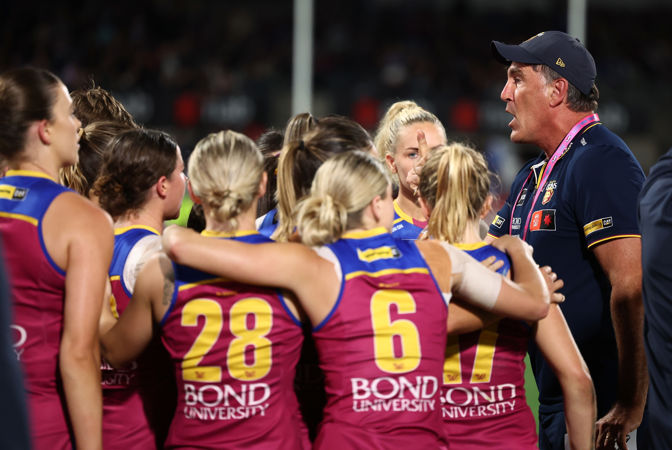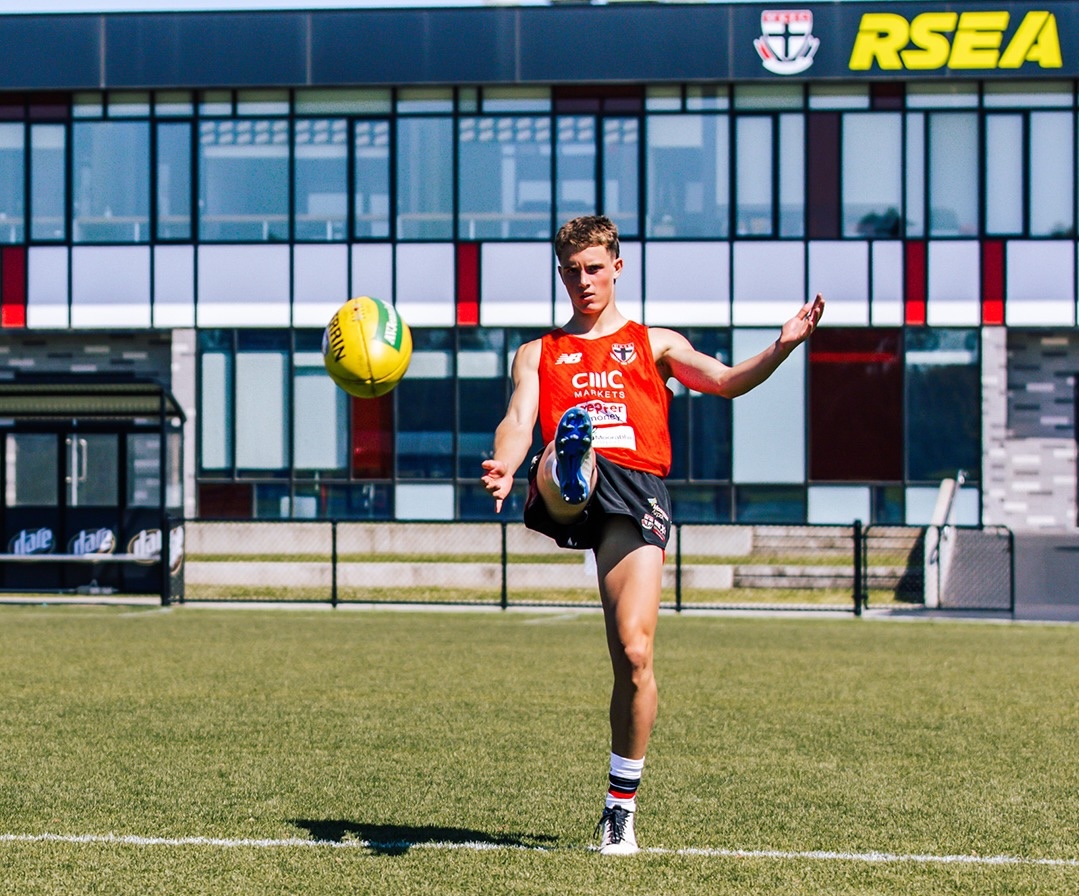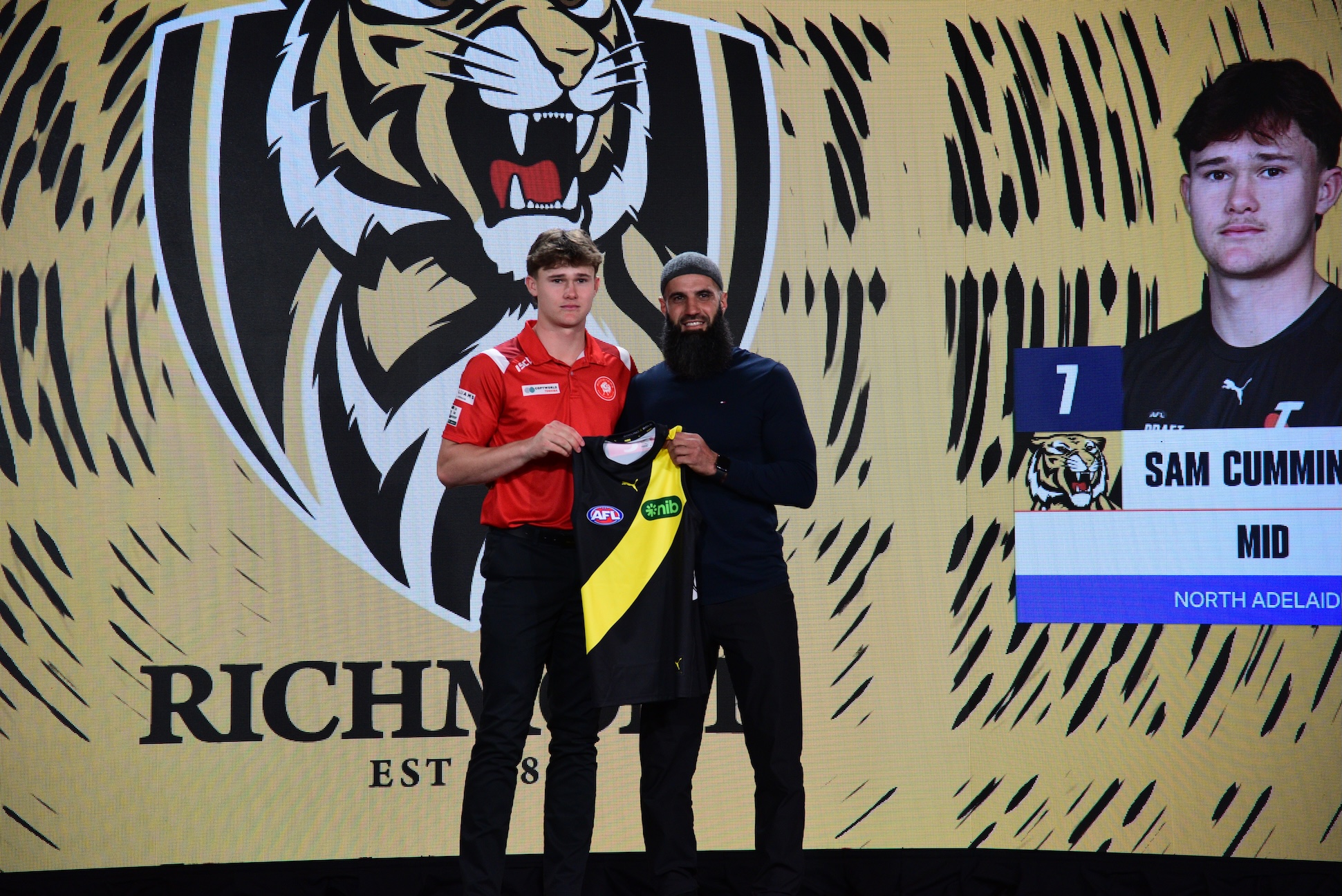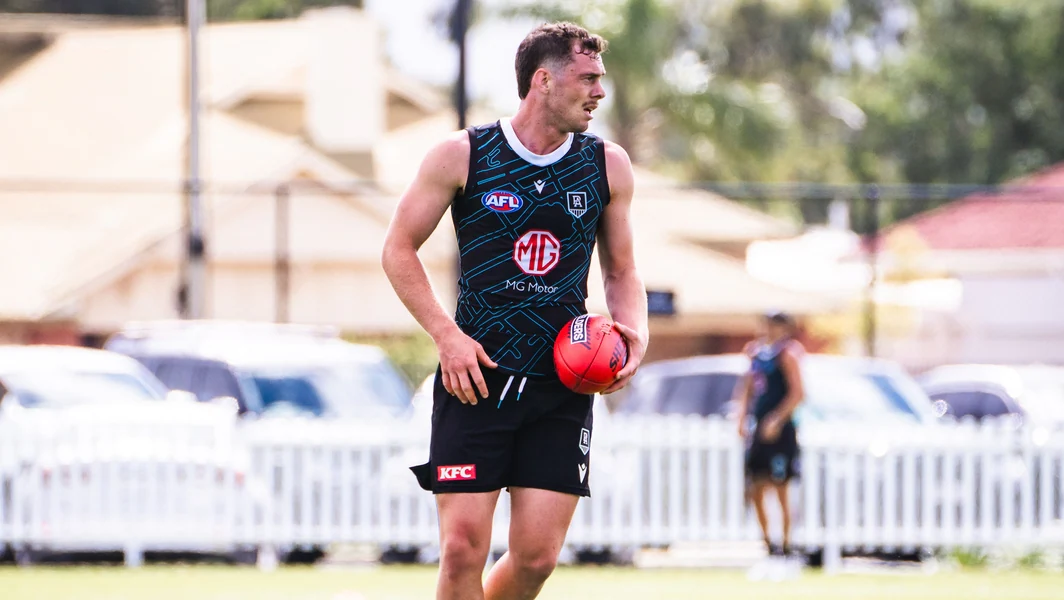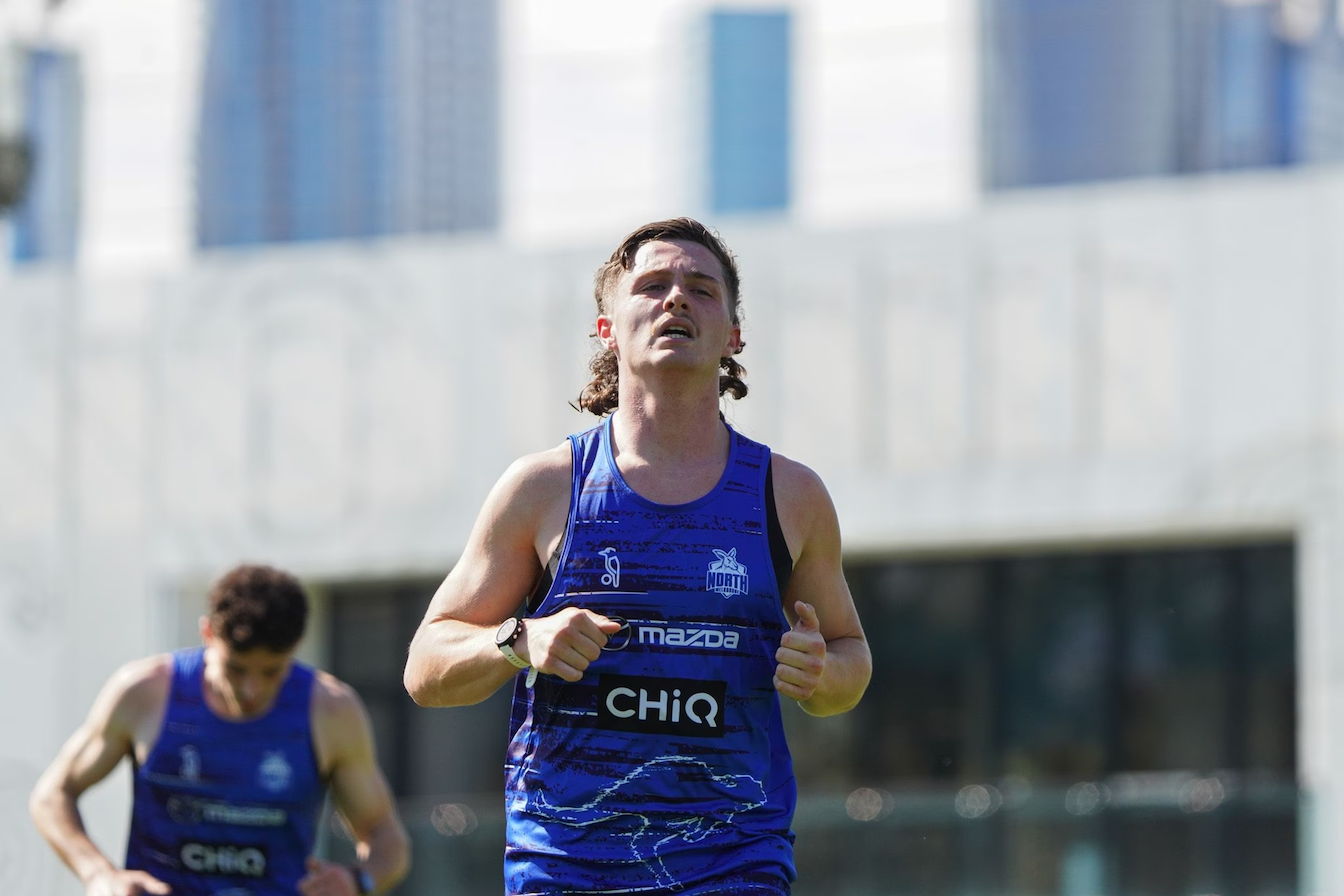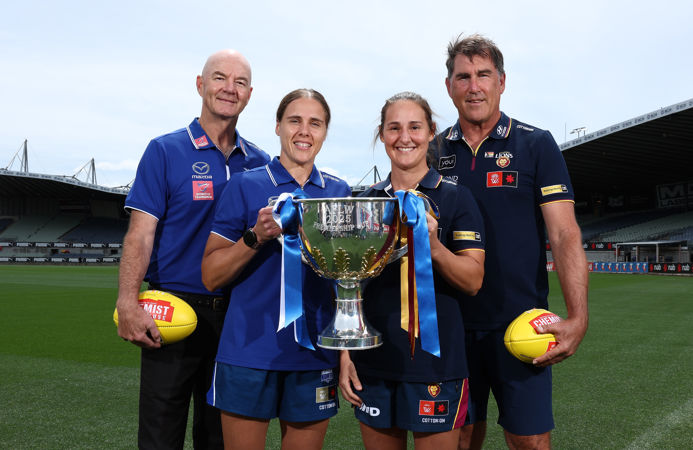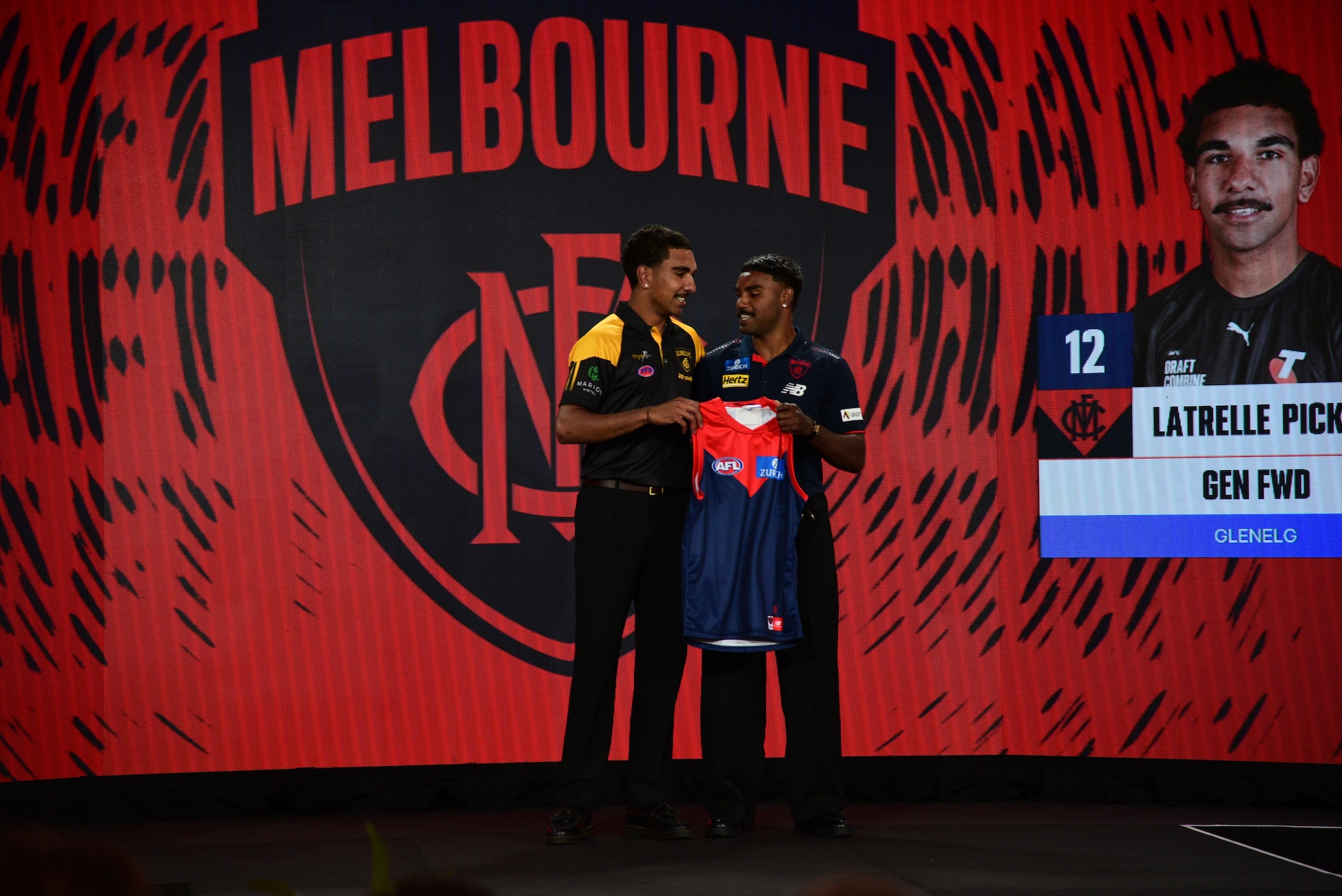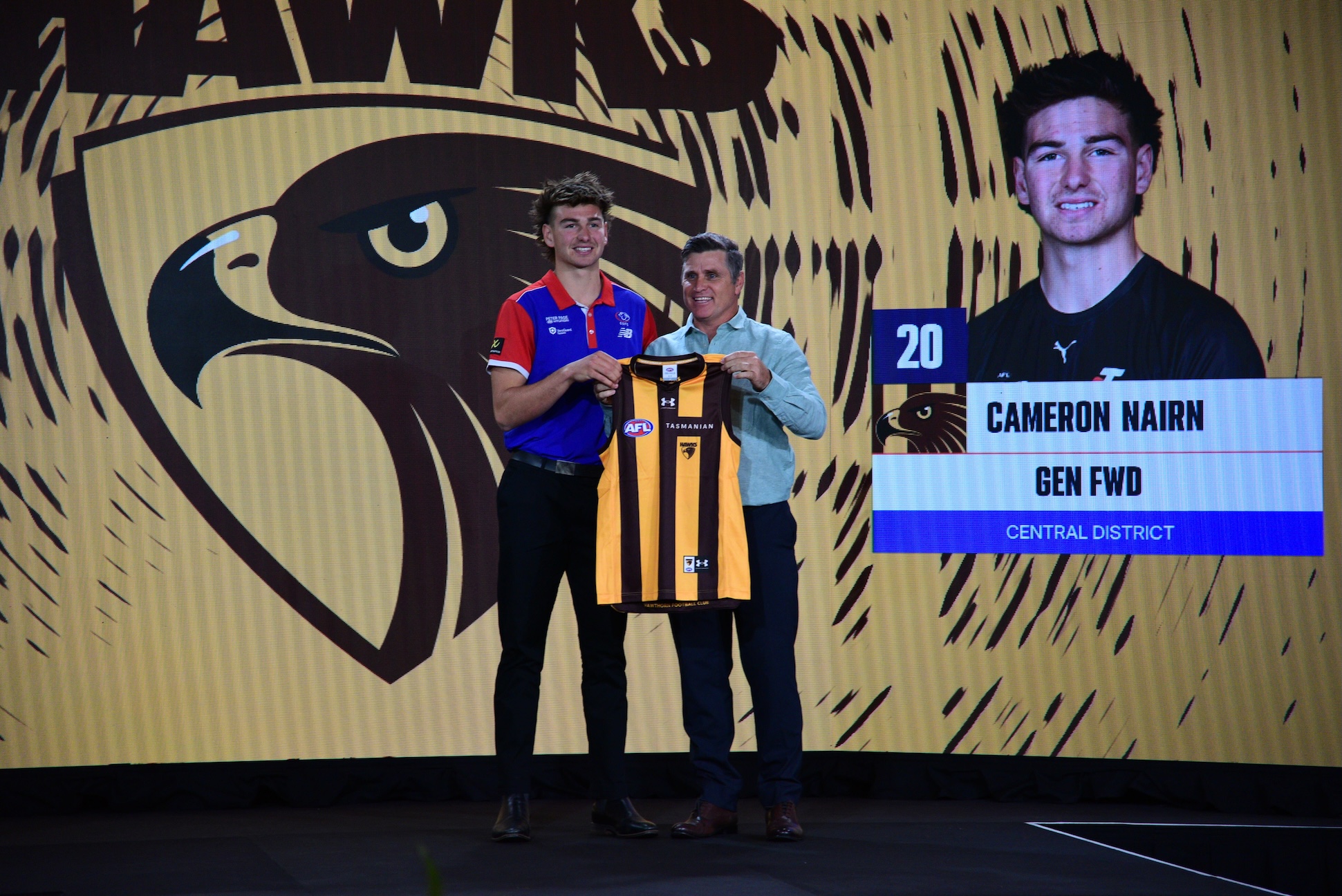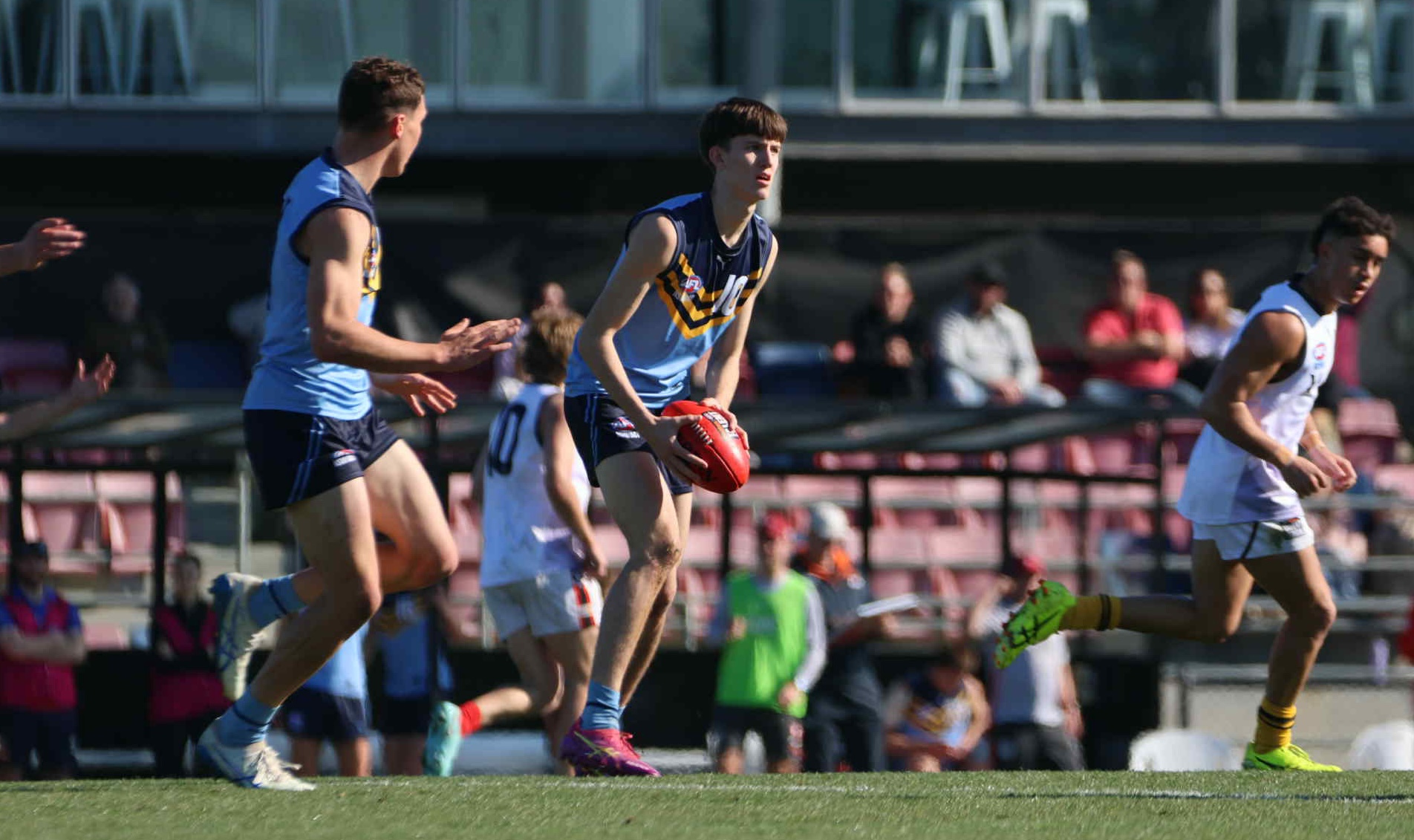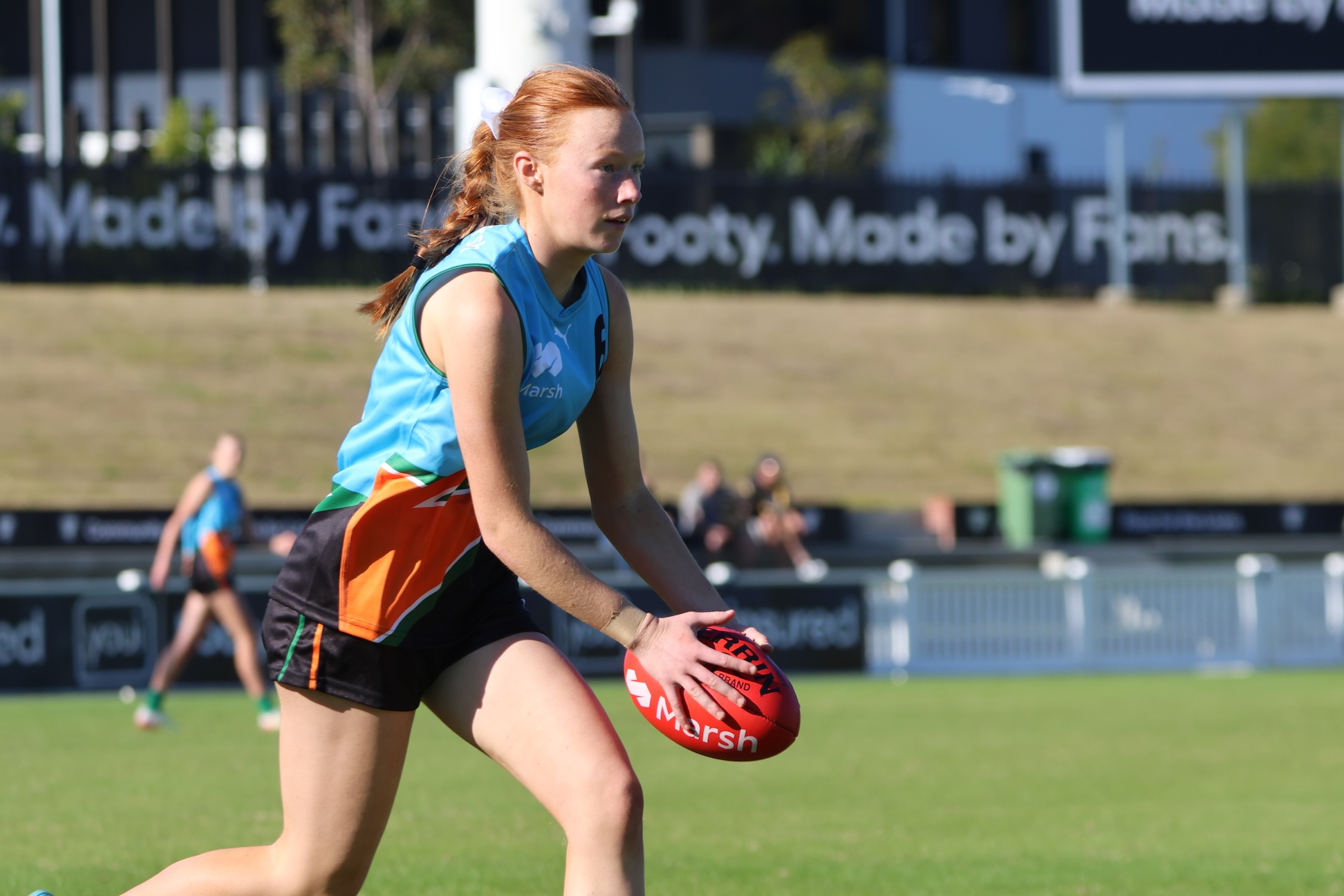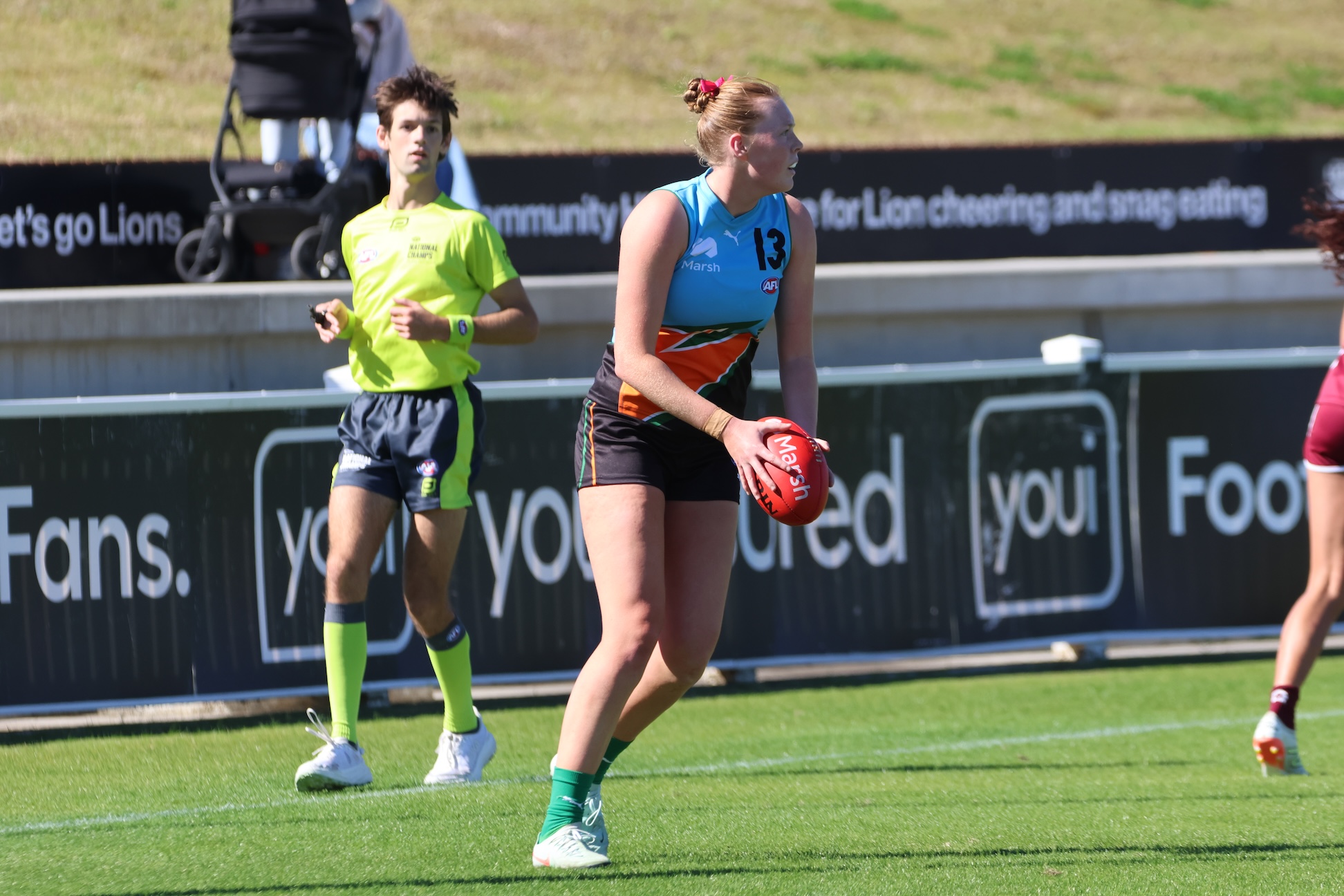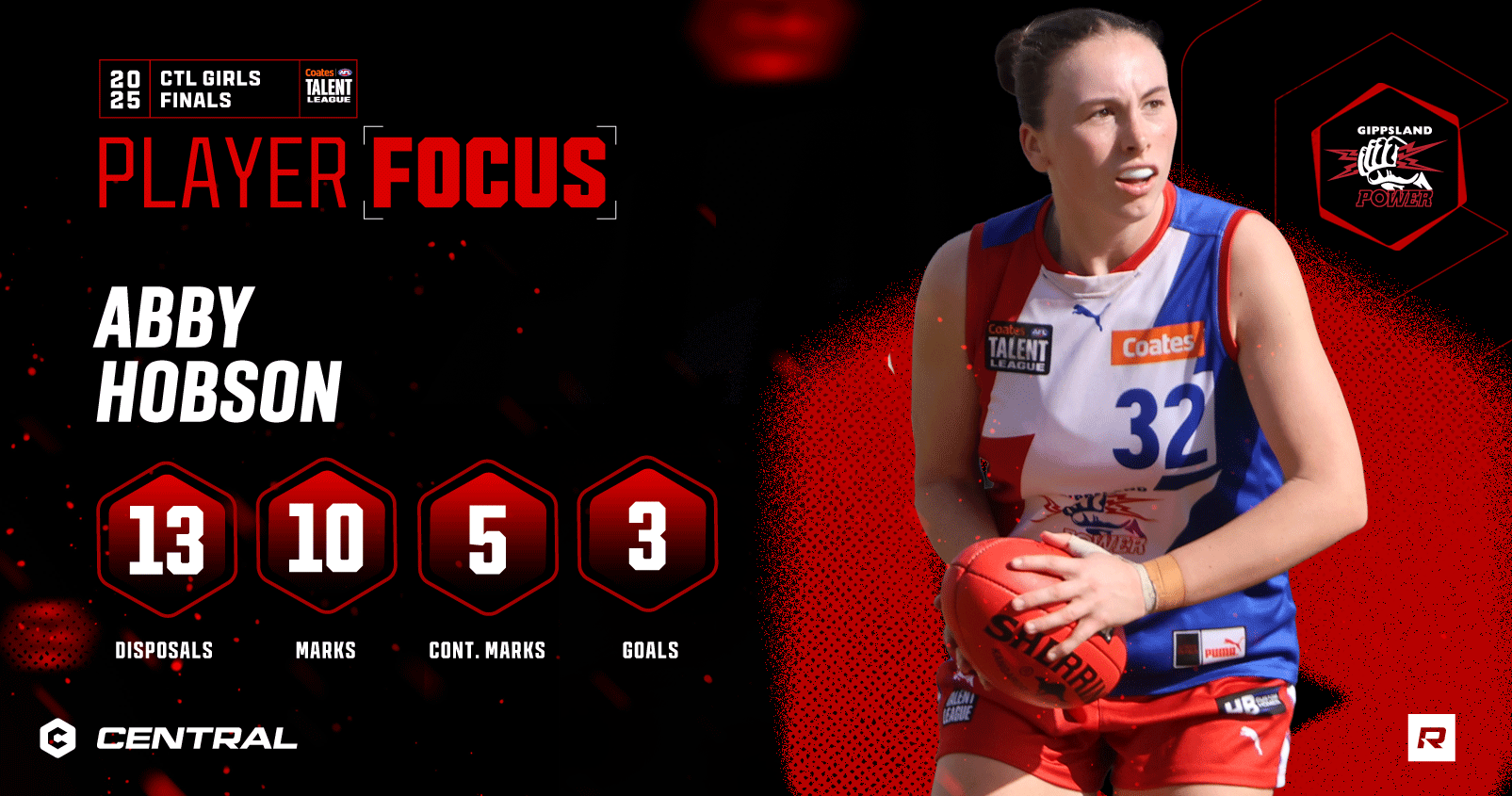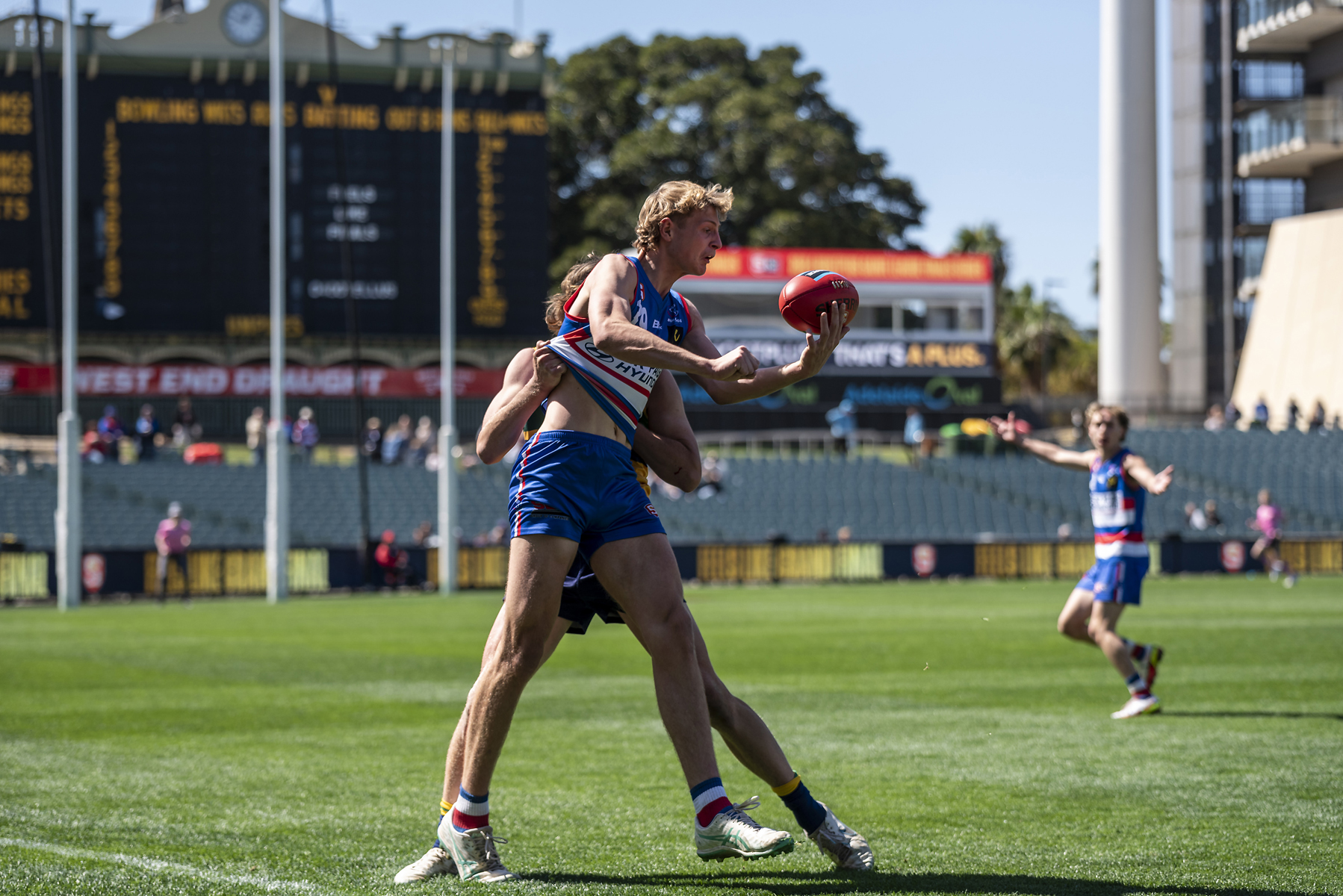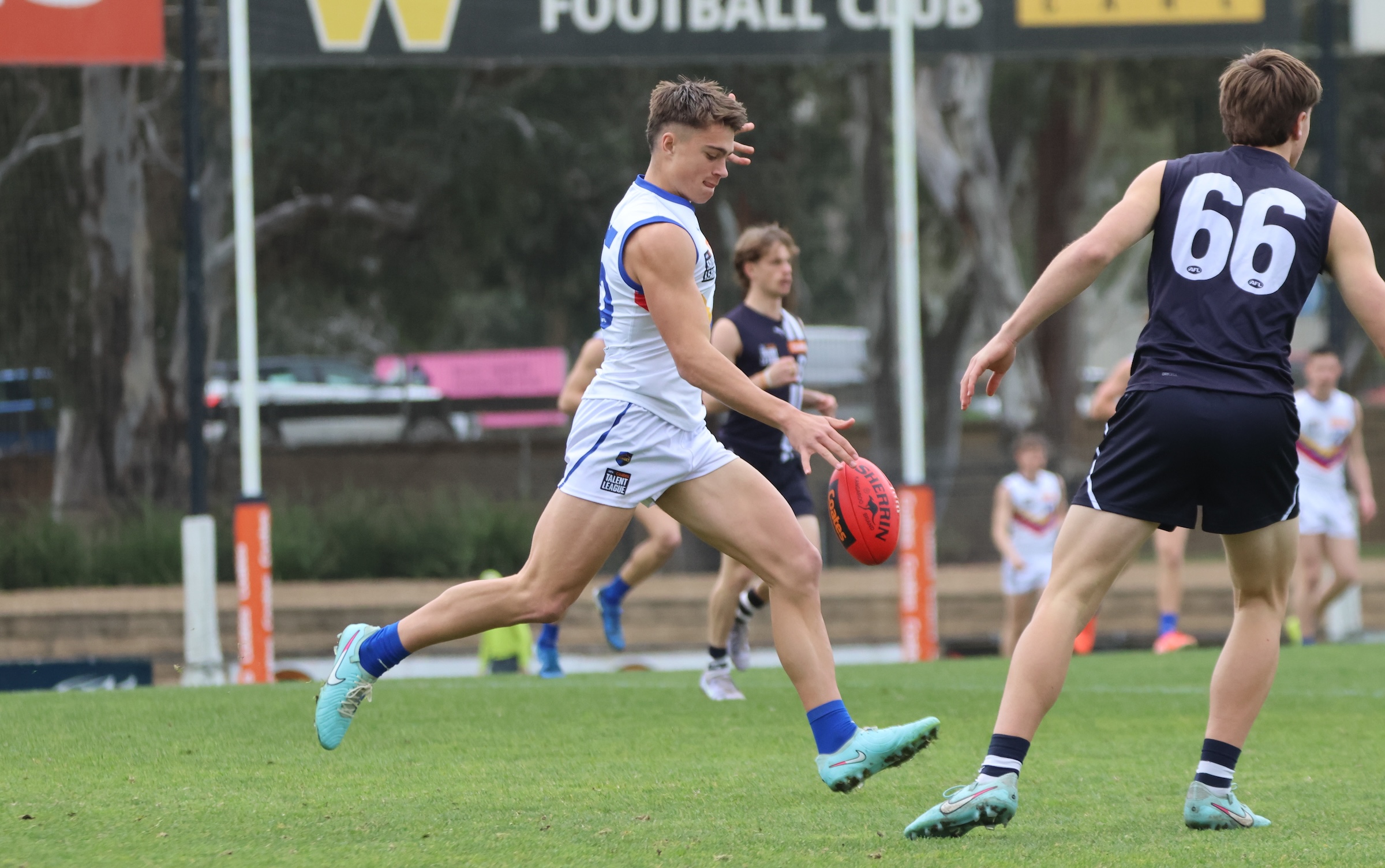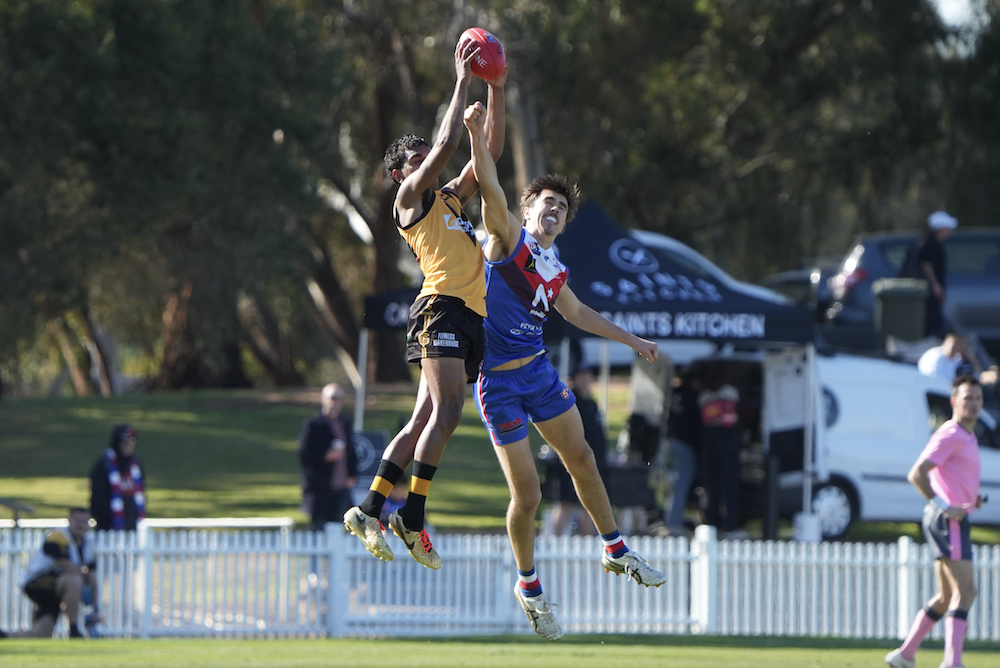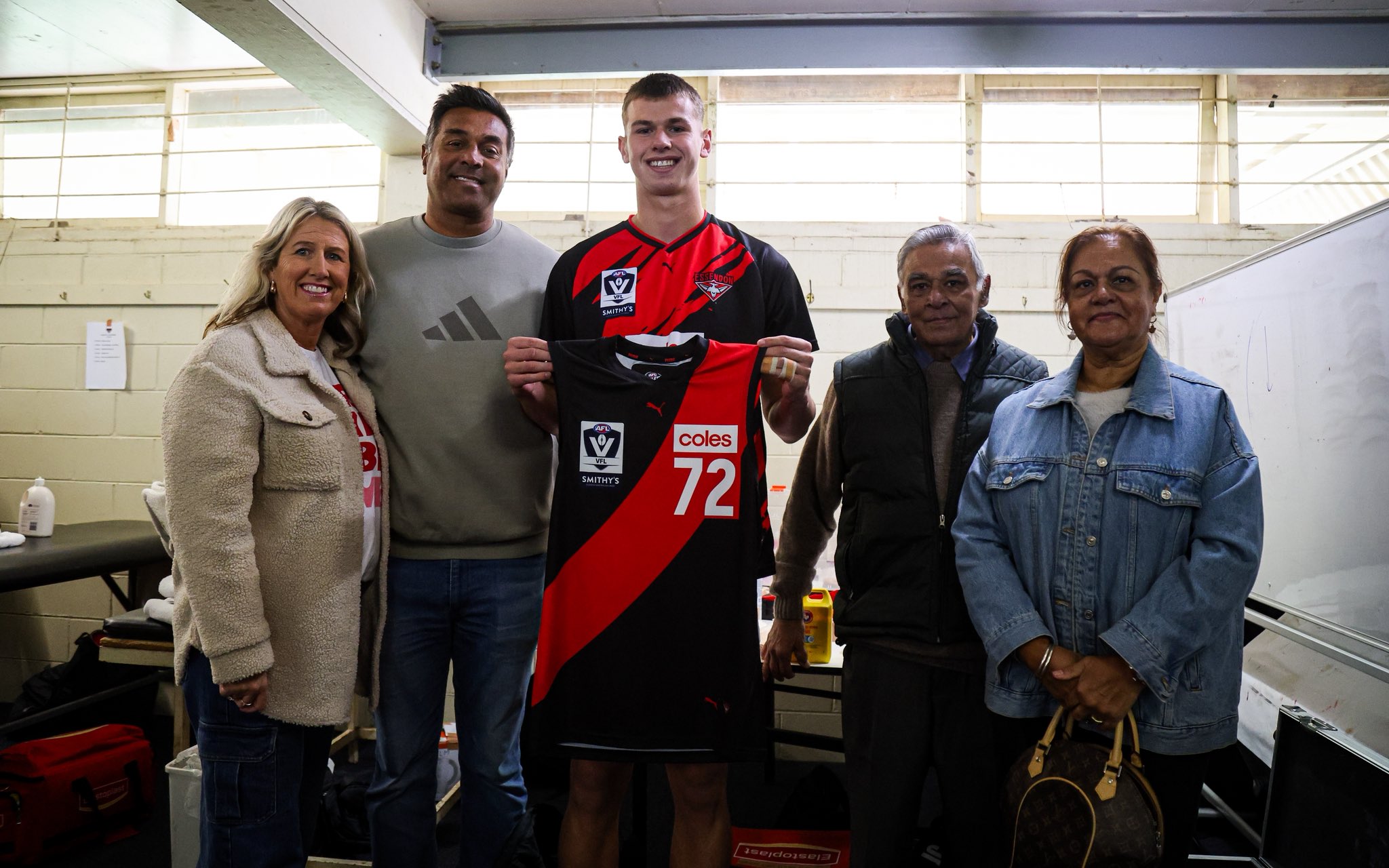VFL Player Focus: Jagga Smith (Richmond)

FOLLOWING a stellar Under 18 National Championships campaign, Oakleigh Chargers captain Jagga Smith got his first taste of state league football over the weekend.
The midfielder turned out for Richmond’s VFL side in a 22-point loss to Williamstown, leading all comers amid blustery conditions at DSV Stadium as a constant at the centre stoppages.
We put the Under 18 All-Australian’s Round 17 showing under the Player Focus microscope, dissecting his game quarter-by-quarter.

Jagga SmithHeight: 182cm
Weight: -
DOB: 28-01-2006
Height: 182cm
Weight: -
DOB: 28-01-2006
2024 VFL: Round 17
Williamstown 8.10 (58) def. Richmond 5.6 (36)
#63 Jagga Smith (Richmond)
Stats: 31 disposals, 5 marks, 8 clearances, 3 inside 50s, 6 rebound 50s
CBAs: 13/17 (match): Q1 1/2 | Q2 4/6 | Q3 3/3 | Q4 5/6
FIRST QUARTER
Sideways rain and wind turning the ball back in the other direction were the conditions both sides faced, but Smith was still cashing in on his fundamentals to get him going.
He was swift around the stoppages, dishing off a quick handball when possible and working hard to stay proactive in a lot of scrimmages early on.
The question of physicality at senior level didn’t seem to phase Smith, and whilst he had to bear some bumps and knocks at the contest, you wouldn’t notice any difference in output.
The dominance in ruck contests in favour of Williamstown didn’t favour the Richmond midfielders, and there were limited opportunities for Smith to impact at stoppages.
Smith became a bit more involved as the quarter progressed, extracting the footy at ground level and generating quick kicks forward in a game of territory.
His instinctive hunt for the footy was prevalent and even when out-battled at the stoppage, he chased up his opponent and closed the gap on the separation.
SECOND QUARTER
The involvement was limited for Smith in the second quarter, coming off the bench over five minutes in with a lack of opportunity for rotation.
Smith kept on his feet at the stoppages, and when the ruck taps did fall Richmond’s way, he was often on the end of them but was often swarmed upon immediately.
Moments of class came to the fore in the second, finding ways to split opponents at the stoppage with his side-step and spins out of traffic, creating space offensively.
Whilst a lot of his kicks were quite rushed, he adapted to the conditions well and showcased his composure against a rush of physicality, persistent to dispose of it to disperse the numbers surrounding him.
Smith was able to impact in the defensive half late in the second quarter, winning a holding-the-ball free kick with his tackle pressure.
THIRD QUARTER
Smith changed his approach in the third quarter, separating from his opponent at the centre bounces, which did help increase his hurt factor in the contest.
Similar to his second quarter, his ability to weave around pressure on the outside enabled him to split through the middle and comfortably dispatch the footy, which most others struggled with in the wet conditions.
Around the stoppages Smith struggled to fully impose himself with his acceleration, finding the footy on multiple occasions when the ball went to ground, but was often tackled immediately.
His game sense was prominent late in the quarter, using his work rate around the ground to work wide to the outside and find some uncontested footy in transition.
He was able to create the start of Richmond’s only goal of the third quarter, finding a loose target forward, who gave off a handball to a runner, who finished it from 55 metres out.
FOURTH QUARTER
It was Smith’s most quiet quarter in output, although that didn’t waver his intensity to work from stoppage to stoppage, even if unrewarded.
With the Tigers chasing the game against the wind in the last quarter, Smith’s movement patterns reverted heavily through the corridor, where he was able to link up in transition on a few occasions.
He continued to apply his evasiveness to every loose ball he could get his hands on around the stoppages, but the pressure around the dense muddy contests didn’t allow for quick exits.
The wet and windy conditions weren’t a limiting factor for Smith, who disposed of the footy well in close and made his opponents remain accountable to man him.
CLOSING THOUGHTS
A game-high 31 disposals on your VFL debut is one way to validate your credentials, as well as being in the incredibly testing Williamstown Oval conditions.
Richmond’s struggle at the ruck contests severely limited Smith’s impact to extract the footy, and most touches were often followed by immediate tackle pressure.
Early in the piece, Smith was clean with his ability to pick the ball up at ground level but prioritised territory over accuracy with his kicking, which can be excused given the conditions, where time and space were hard to buy.
His evasiveness still characterised his moments of class, finding ways to split two opponents down the middle, spatially aware of the numbers around the contest.
Smith found creative ways to impose himself around the ground, running to the outside to generate neater kicks in transition, and separating himself from his opponent in transition.
His ground-ball work was clean and his work ethic didn’t drop off in heavy conditions, given his heavy duty at the centre bounces.
Smith bolstered his reputation as a prolific ball-winner at the senior level and another opportunity in dry conditions could see an even bigger output.

